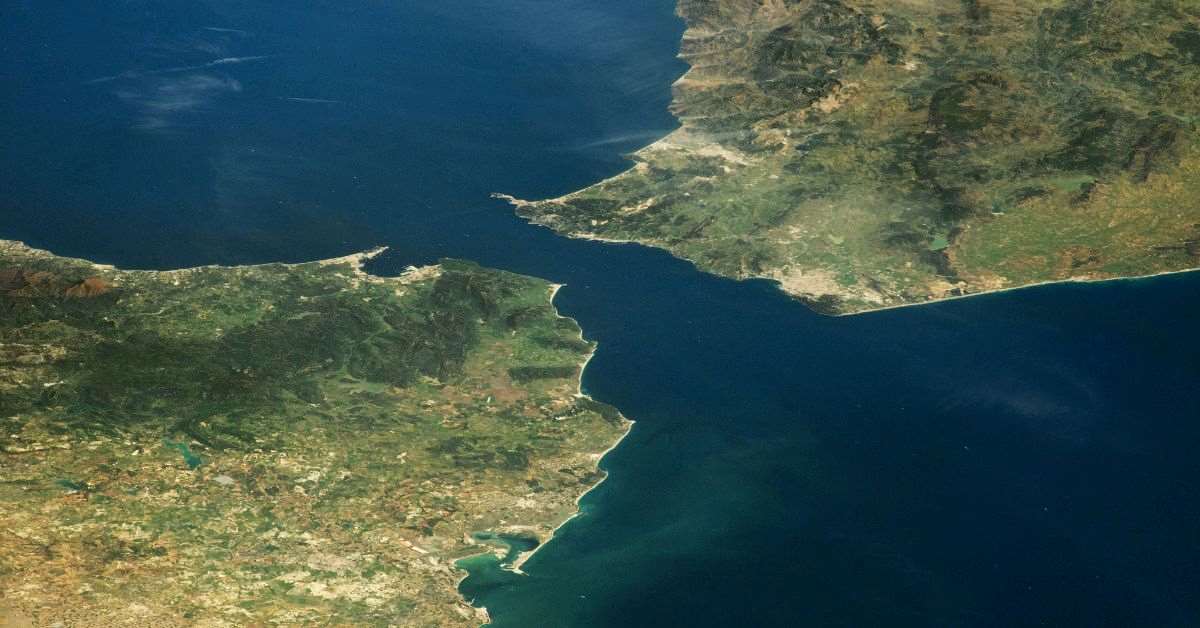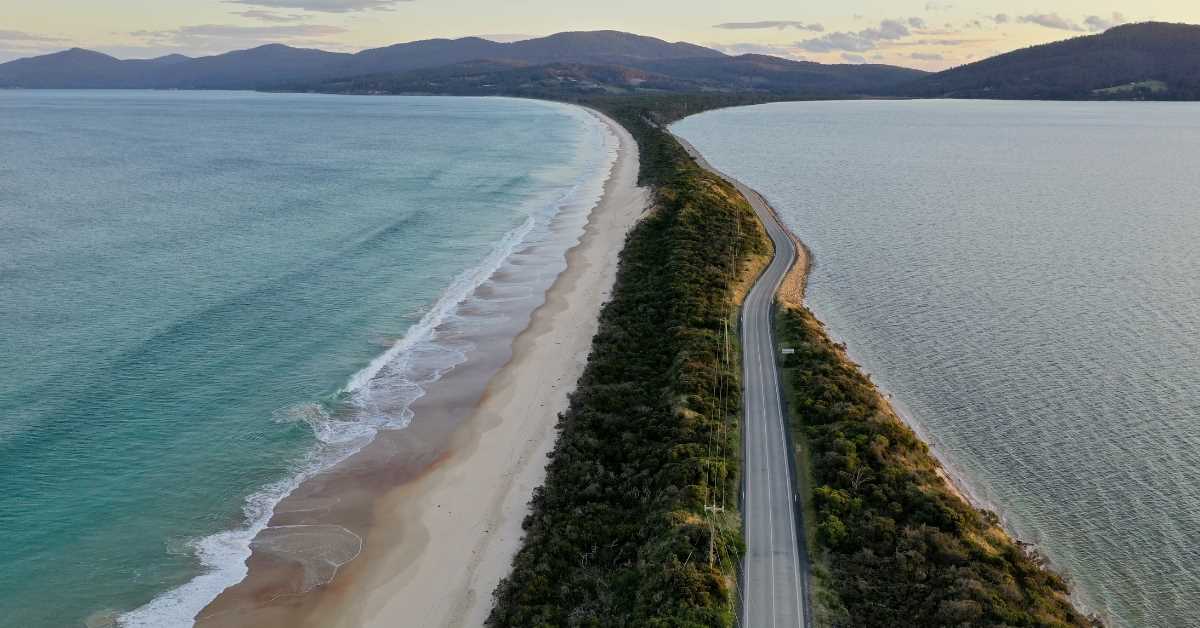Darian is an adventurous explorer who likes to travel to remote locations and discover hidden treasures.
During a trip to Tamil Nadu, India, he and his friend saw the Palk Strait. The Palk Strait, which links the Bay of Bengal and the Gulf of Mannar, is owned by both India and Sri Lanka.
However, his friend, Albert, didn't know what a strait was. People are often unfamiliar with geographical terms, but Darian explained him in layman's terms.
He even told him the difference between a strait and an isthmus so that he wouldn't get confused in the future. Now Albert felt more confident in his understanding of geography.
So, are you also ready to understand the difference between a strait and an isthmus in the simplest way? Let's break it down together.
Difference between Strait and Isthmus
Before we get into the boring explanation, which many of you may skip to get to the main point, here's a quick way to remember the difference between a strait and an isthmus.
- Strait = Waterway connecting two oceans or seas.
- Isthmus = Land bridge connecting two land areas.
When learning about geography, two important terms come up: strait and isthmus. While they might sound similar, they refer to very different things. Let’s break it down in a fun and simple way!
What is a Strait?

A strait is a narrow body of water that connects two larger bodies of water. Think of it like a water bridge!
Example: The Strait of Gibraltar connects the Atlantic Ocean to the Mediterranean Sea. It’s like a tiny river that lets big oceans talk to each other!
What is an Isthmus?

An isthmus is a narrow strip of land that connects two larger land masses. Imagine it as a land bridge!
Example: The Isthmus of Panama connects North America and South America. It’s super important because it allows ships to travel between the Atlantic and Pacific Oceans without going all the way around South America.
Key Differences
- Location: A strait is found in water, while an isthmus is found on land.
- Function: Straits are important for navigation and shipping, while isthmuses can be great places for ports and canals.
Examples that can help you understand key differences between strait and isthmus are:
Straits
- Strait of Gibraltar: Connects the Atlantic Ocean to the Mediterranean Sea
- Strait of Hormuz: Connects the Persian Gulf to the Gulf of Oman and the Arabian Sea
- Bering Strait: Connects the Arctic Ocean to the Pacific Ocean
- Strait of Malacca: Connects the Indian Ocean to the Pacific Ocean
- Bab-el-Mandeb: Connects the Red Sea to the Indian Ocean
- Palk Strait: Connects the Palk Bay to the Bay of Bengal
- Sunda Strait: Connects the Java Sea to the Indian Ocean
- Yucatan Channel: Connects the Gulf of Mexico to the Caribbean Sea
- Strait of Messina: Connects the Tyrrhenian Sea to the Ionian Sea
- Cook Strait: Connects the Tasman Sea to the South Pacific Ocean
Isthmuses
- Isthmus of Panama: Connects North and South America
- Isthmus of Suez: Connects Africa and Asia
- Isthmus of Kra: Connects the Malay Peninsula to mainland Asia
- Isthmus of Tehuantepec: Connects the Gulf of Mexico to the Pacific Ocean in Mexico
- Isthmus of Corinth: Connects the Peloponnese Peninsula to mainland Greece
Fun Facts About Straits and Isthmuses
Here are five fun facts that mix both isthmuses and straits, showcasing their unique characteristics and importance in our world:
- Both isthmuses and straits serve as vital connectors in geography. Isthmuses link two larger land masses, while straits connect two larger bodies of water. Together, they facilitate the movement of people, goods, and wildlife across regions.
- The Panama Canal (through the Isthmus of Panama) and the Strait of Hormuz are crucial for shipping routes, allowing vessels to save time and fuel while transporting goods and resources.
- Isthmuses often create unique habitats on either side, while straits can mix waters from different oceans, leading to rich marine biodiversity. The Strait of Gibraltar is known for its diverse marine life due to the convergence of Atlantic and Mediterranean waters.
- Throughout history, both isthmuses and straits have been strategically important for military and trade routes. The Isthmus of Suez and the Strait of Malacca have been key locations for civilisations to control trade and movement, influencing the course of history.
- As natural bridges and waterways, isthmuses and straits have facilitated cultural exchange and interaction among different peoples. They have served as meeting points for diverse cultures, leading to the sharing of ideas, traditions, and innovations over centuries.
Comments
All Comments (0)
Join the conversation